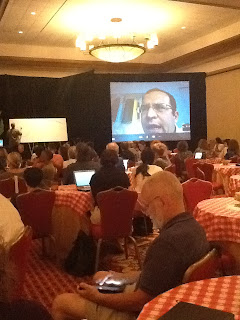To start off
the new school year, TJH Green Team has teamed up with Terracycle to help reduce
waste as well as raise money for the school. The Junior High has started
collecting and recycling cell phones, Capri-suns, and shoes. The team has a
collection box for Cell Phones in the main office, Capri Suns in the commons
and pairs of shoes outside of the security office. We are happy to take donations from our
community, especially cell phones! Please
stop by the school to drop off your donations!
Thanks to
the helpful students and staff of TJH, Green Team just mailed in 32 cell phones
that will be kept out of the waste stream! The team will start collecting pairs of shoes
in December and start a classroom challenge after the start of the New Year.
The Green Team thanks Megan C. (Secretary) Alyssa T. (Treasurer) Isobel S. (Vice
President) and Kathryn O. (President) and most importantly, Ms. McHenry!
Way to
go bears!
*GREEN TEAM
FOR THE WIN*
Thanks to
Megan C., Green Team Leader for this post!










































